
Caecus creaturae.
2019
32’53” 27’37”
Two Channel Sound/Video Installation, color, stereo, 24 Acrylic Drawing
Georgo Eberhard Rumphius (1627-1702) was a biologist employed by the Dutch East India Company in the 17th century, his important work Herbarium Amboinense covers up to 1,200 botanical species, 930 with definite species names, laying the biological groundwork of Maluku, Indonesia. The extensive research data left by Rumphius also indirectly led to the formalization of Carl von Linné’s binomial nomenclature. Some supporters even believe that Linné had stolen Rumphius' research. This era of big nomenclature became the beginning of species documentation and has evolved into the scientific basis of our current understanding of plants and animals.
In contrast with other biologists, Rumphius became completely blind due to glaucoma in 1670, but was able to continue his research work on species. If we look at Rumphius' descriptions of plants in his notes, we would realize that he used a large number of comparisons to describe species, including olfactory and tactile ones, and he even described plants with human personalities. By using a personal and perceptual interpretation to remember, map and document these creatures, he had created another kind of abstract database in his mind.
The Cabinet of Curiosities is a collection of Liu Yu’s research and extended interpretations of Rumphius from 2018 to the present, including documents on Rumphius, dozens of drawing exercises, and two documentaries. The text of the drawing exercises is from Rumphius' book The Ambonese Curiosity Cabinet, in which the forms of the species are transformed into abstract textual descriptions. Liu Yu attempted to retransform Rumphius' adjectives into images.
Liu's study of Rumphius does not focus on the reorganization of natural history, but on capturing a certain way of interpreting the world by human beings. Comparing the world we know after the scientific era and the world of primitive cultures, is there still some kind of sensibility interwoven in the way people interpret everything? In either cultural system, the process of "knowing the world" requires another kind of reverse productive activity: the explosion of imagination, which is also some kind of original state when art is created. No matter how hard we try to depict more things in this world, whether through "comparisons," "personification," or "metonymy," we still fail to describe what makes humans frenzy.
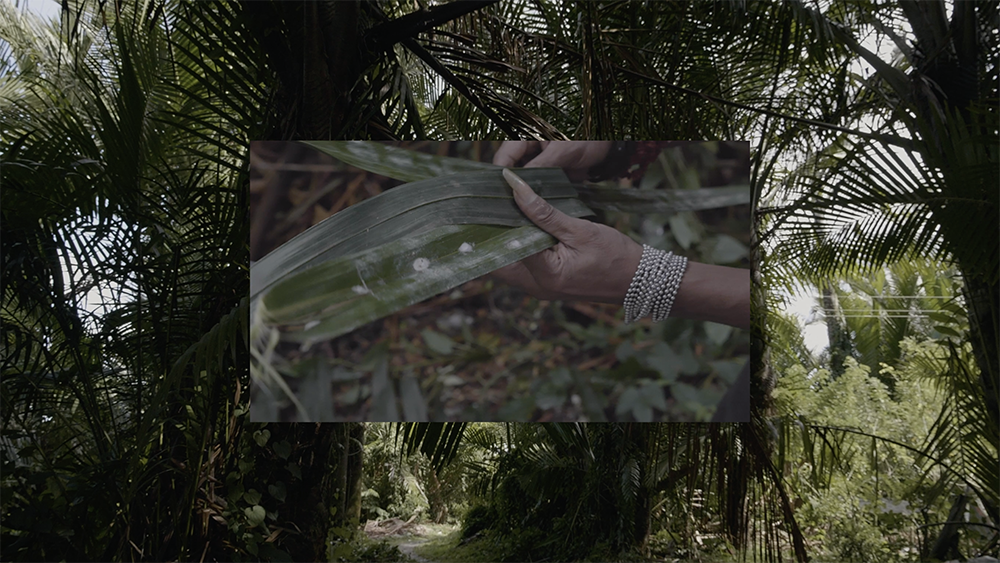

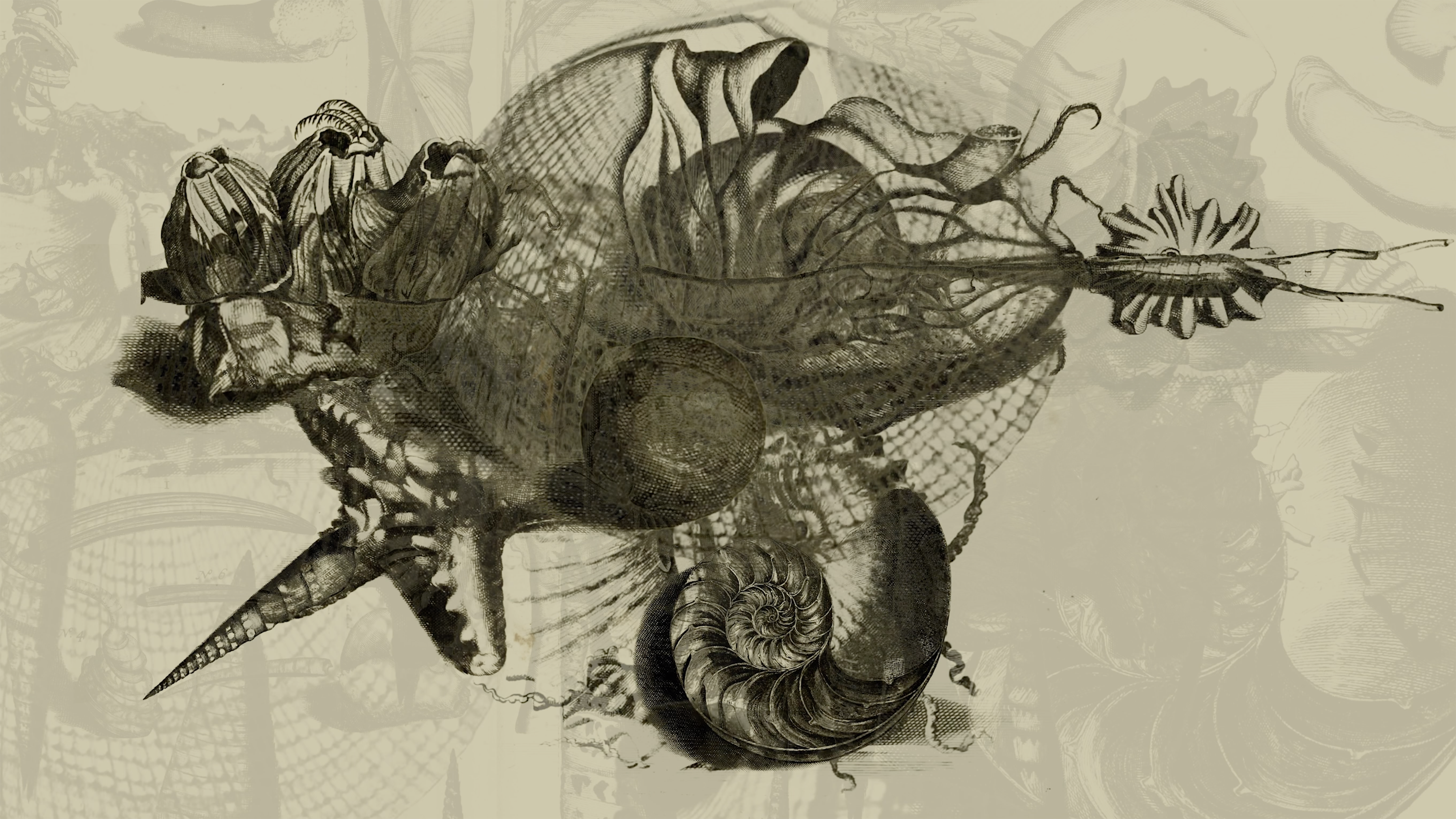
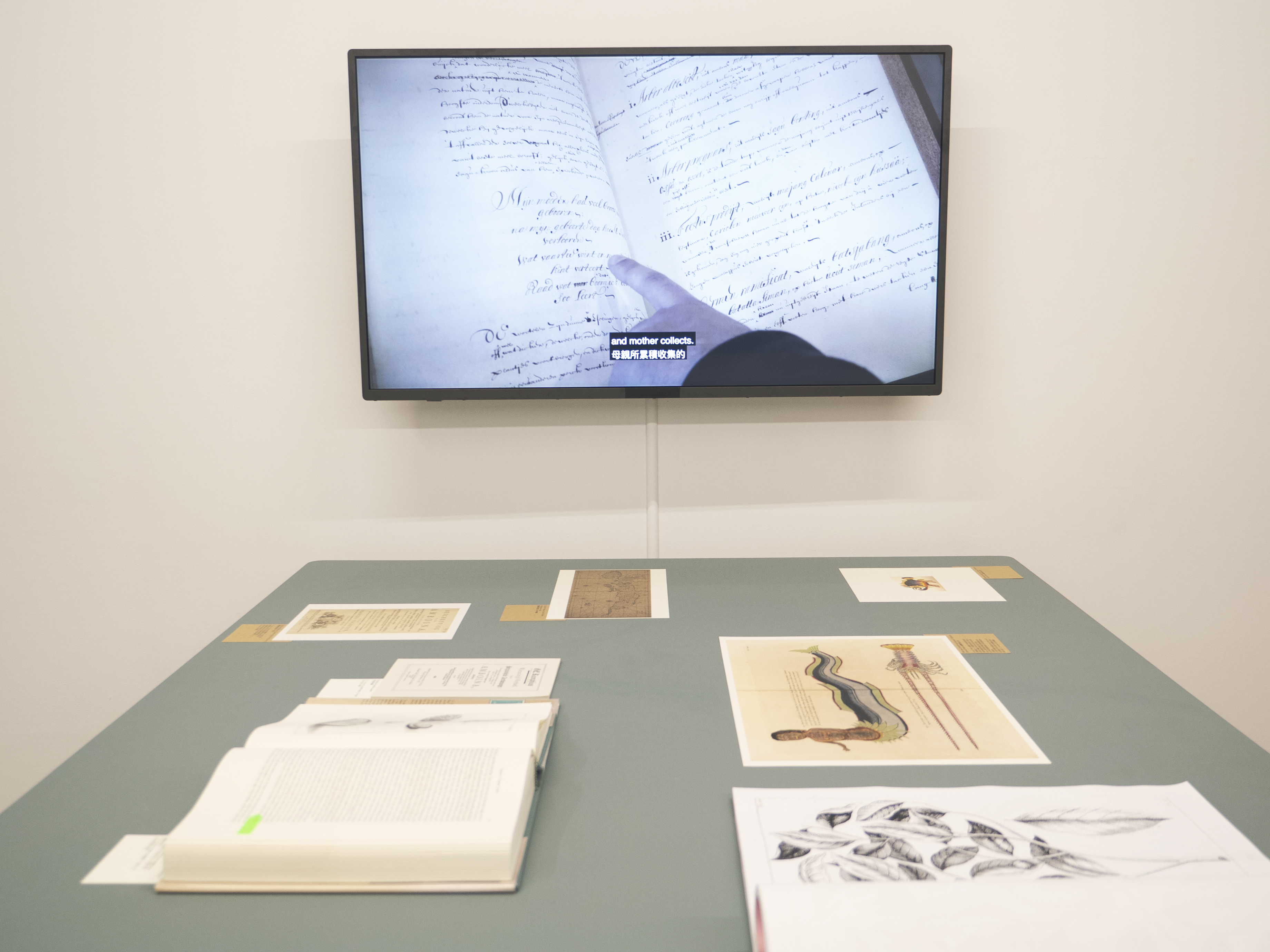
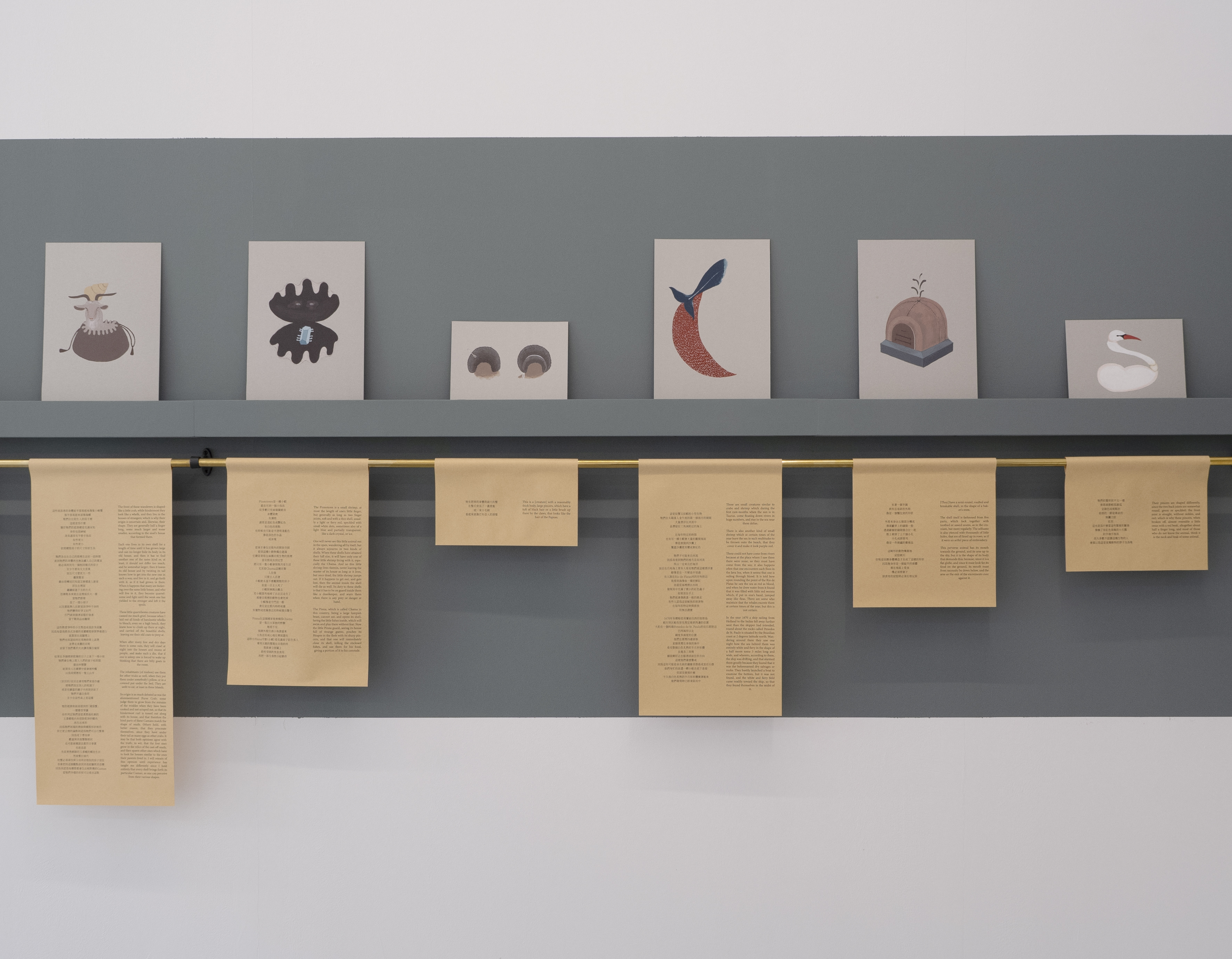
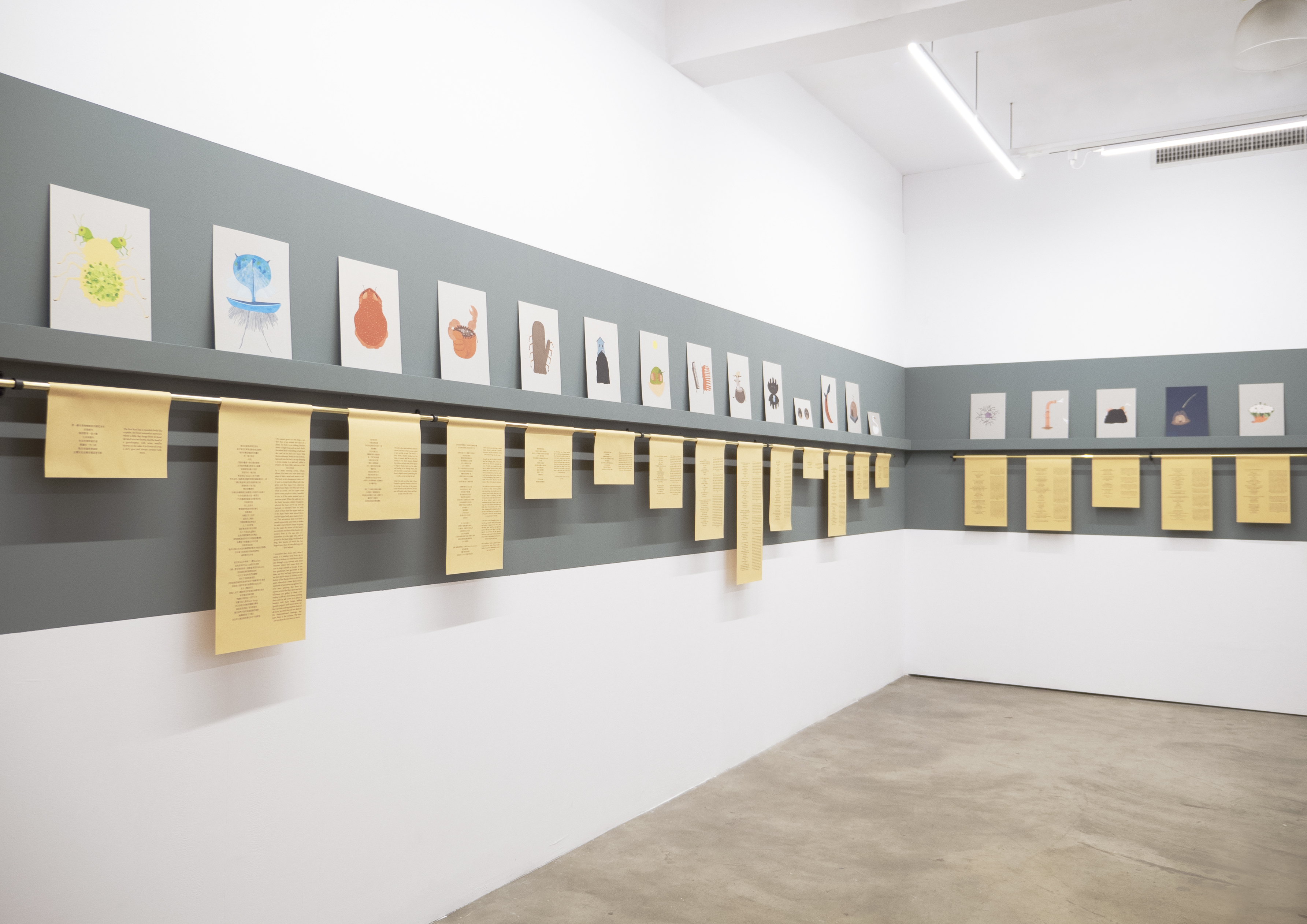
︎︎︎